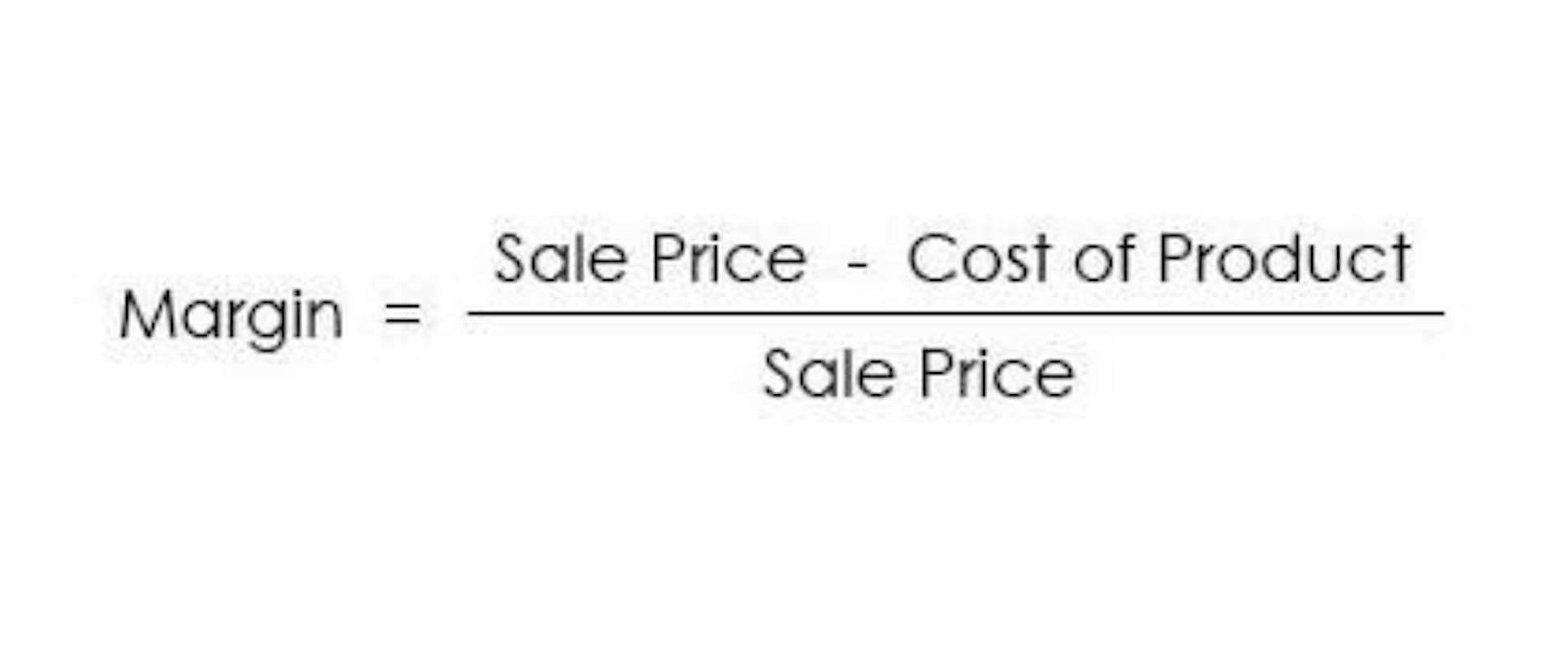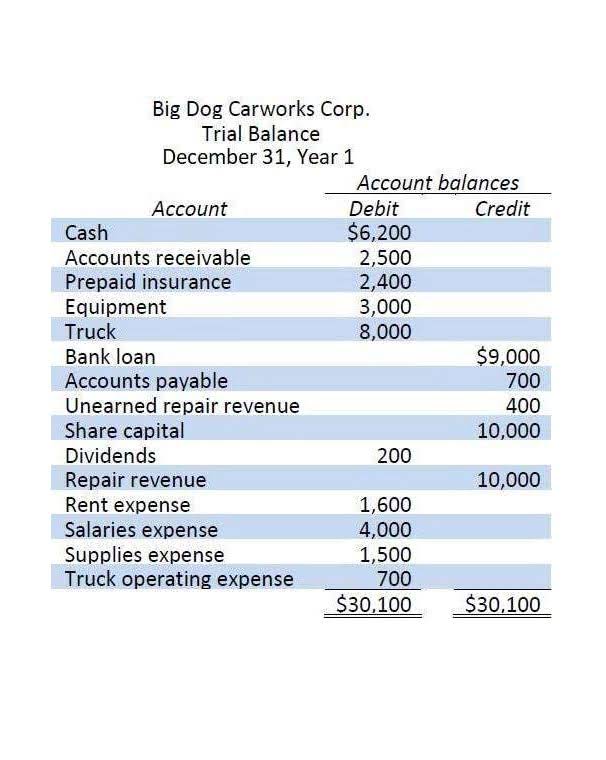
The budgeted balance sheet gives the ending balances of the asset, liability, and equity accounts if budgeting plans hold true during the budgeting time period. A strategic plan usually forms the basis for an organization’s various budgets, which all come together in the master budget. It usually coincides with the fiscal year of the firm and can be broken down into quarters and further into months. If the firm plans for the master budget to roll from year to year, then it would usually add an extra month to the end of the budget to facilitate planning.
Practice Video Problem 6-2 Part 3: Budgets to determine product costs and cost of goods sold
- They can change their spending and investment plans to remain financially stable, allowing them to react quickly to unforeseen events.
- Data analytics tools can help businesses forecast future financial performance and identify potential risks and opportunities.
- AI can also help businesses identify trends and patterns in financial data, making it easier to create more accurate budgets.
- Hopefully, a company uses participative budgeting to arrive at this final budget, but it may also be imposed on the organization by senior management, with little input from other employees.
- Stephanie wants to maintain a desired ending finished goods inventory in the current quarter equal to 10% of the next quarter’s production.
The ending inventory in one quarter becomes the beginning inventory in the next quarter. Sofia began the first quarter of year 2 with 6,984 pounds of raw materials in the beginning raw materials inventory account. The desired ending raw materials inventory purchased in quarter 4 of year 1 is carried forward as the beginning raw a master budget consists of materials inventory for quarter 1 of year 2. The budgeting process starts withmanagement’s plans and objectives for the next period. Managersarrive at the sales budget in dollars by multiplying sales unitstimes sales price per unit. They use expected production, salesvolume, and inventory policy to project cost of goods sold.
What Are Some Common Mistakes Businesses Make When Creating a Master Budget?
- A master budget is a series of smaller budgets that are rolled up into one larger budget to provide a more comprehensive view of your business.
- For instance, a machine shop should consider current cash flows, current loan rates, current debt limits, and future expected sales before management plans a large expansion.
- To create a master budget, the finance department needs to have several skills.
- The budget projects sales and revenue targets, production targets, and spending limitations for budgeted expenditures.
- It considers the expected product demand, production capacity, and inventory levels.
- The sales budget includes the expected number of sales and projected income for the upcoming period in months, quarters, or years.
To ensure that the master budget aligns with strategic goals, it is essential to involve key stakeholders in the budgeting process. Their input can provide valuable insights into the resources needed to achieve the strategic goals. The pro forma income statement is a company’s forecasted income statement that combines sales revenue with other budget costs. The pro forma income statement is essential for monitoring financial performance, making informed decisions, and achieving financial goals. Once completed, these smaller budgets are rolled up into a budgeted income statement format, while the financial budget consists of a projected balance sheet and statement of cash flow. Budgeted balance sheets constitute the final part of a master budget and provide a summary of the company’s expected financial status at a future date.
Develop a Comprehensive Plan
Stephanie wants to maintain a desired ending finished goods inventory in the current quarter equal to 10% of the next quarter’s production. Stephanie began the first quarter of year 2 with 2,000 units of Water Wiz in the beginning finished goods inventory account. In the first quarter of year 3, the desired ending finished goods inventory is projected to be 2,700 units. Once the master budget is prepared, it guides the company’s financial operations throughout the year. Managers use the budget to plan and allocate resources, set performance targets, and monitor progress. The sales projections may be based on historical trends, market research, and sales forecasts.


The operating expenses and overhead budgets will be used to manage administrative and sales-related costs and ensure that the company operates efficiently. The cost of goods sold budget will be used to monitor production costs and ensure the company maintains profitability. The master budget includes all the lower-level budgets, such as sales, production, marketing, and cash. It is based on historical sales data, market trends, and other relevant factors such as consumer behavior, economic conditions, and competition.

Video Illustration 6-3: Preparing the direct materials purchases budget
The final budget to determine product costs is the manufacturing overhead budget. The manufacturing overhead budget calculates the total manufacturing overhead that will be incurred to satisfy production needs. The completed budget is then used by management to help plan operations including activities like scheduling production, purchasing materials, and making capital investments. After completing this step, you will need to estimate a budget for Selling, General, and Administrative Expenses. Some of these do not directly derive from the sales that the firm will have because they are mostly fixed in nature. For example, there might be legal expenses, office supplies, salaries of non-production personnel, as well as rent or utility bills.
Practice Video Problem 6-1: Sales and production budgets
They can change their spending and investment plans to remain financially stable, allowing them to react quickly to unforeseen events. Business conditions constantly change, and the master budget must be adjusted to reflect these changes. Changes in the economy, customer demand, or the industry as a whole can all have a significant impact on a business’s financials. By regularly reviewing and adjusting the master budget, businesses can ensure that they are making informed financial decisions aligned with current conditions. However, many businesses do not have dedicated financial staff or may not have the experience necessary to create an adequate budget.
The Future of Accounting Education: Preparing Students for a Career in the Age of AI
The master budget is typically prepared annually, but it may be updated more frequently to reflect market conditions or business strategy changes. The last part of the Annual Business Plan is the Investment or Capital Budget. It shows the total amount that a company plans to generate by selling (or acquiring) fixed assets such as machinery, plants, or cars. Equipped with this information, you can now calculate the expected costs to produce the units to be sold, or COGS.
Keep in mind that both quantity and price estimates for the future depend on the company’s strategy and objectives. Another document sometimes included in the master budget is a set of key performance metrics that are calculated based on the information in the budget. For example, it may show accounts receivable turnover, https://www.bookstime.com/ or inventory turnover, or earnings per share. These metrics are useful for testing the validity of the budget model against actual results in the past. Regularly reviewing and adjusting the master budget ensures businesses can adapt to changing circumstances and plan for contingencies and unforeseen events.
Video Illustration 6-2: Preparing the production budget
These budgets have been combined into the master budget and reviewed by senior management. A master budget is a comprehensive financial plan that integrates all lower-level budgets and provides an overview of a business’s financial activities for one year, usually one year. The master budget includes budgets for revenue, expenses, capital expenditures, and cash flow.
